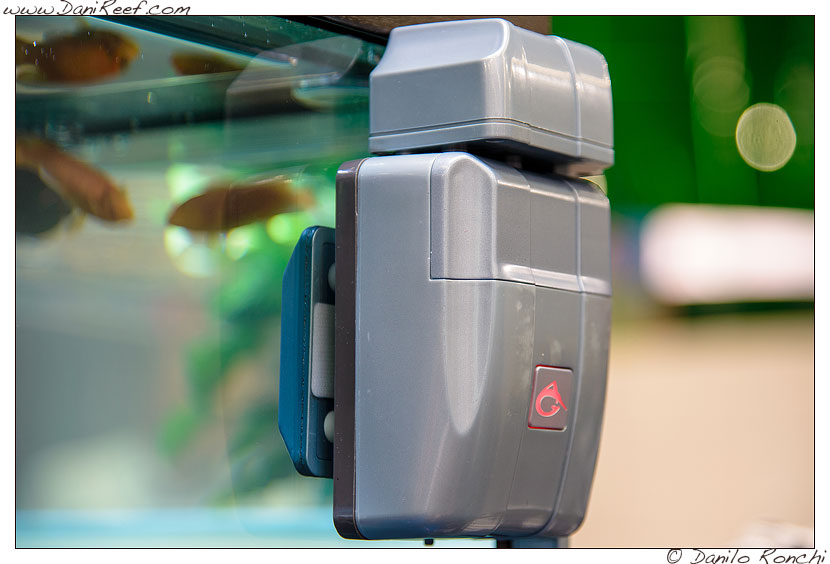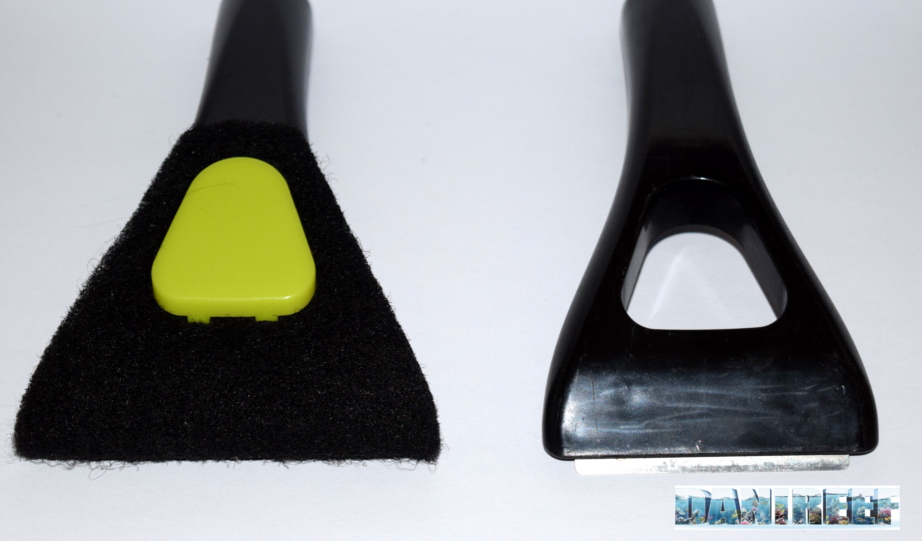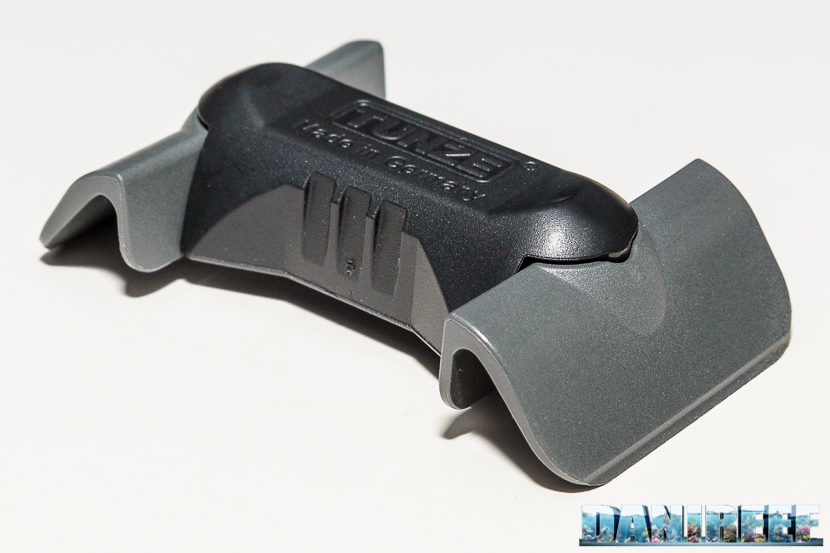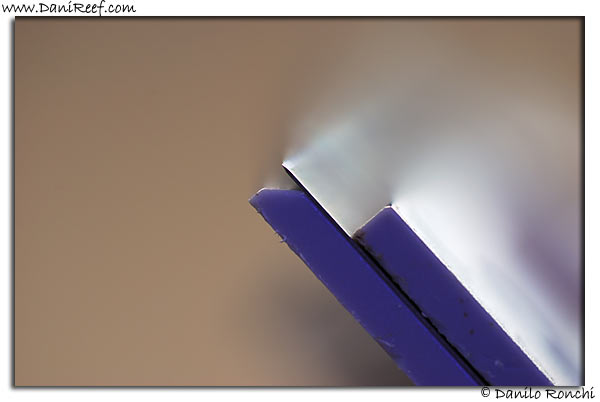A neophyte with his new marine reef aquarium can feel overwhelmed by the scope of jargon-heavy, complicated information available.
But there is also a need for basic advice about the daily and easy management of the aquarium, which can be a lot harder to come by! Maybe it’s because it’s taken for granted? To fill that void, here is an article about how clean the glass of the aquarium well.
If you haven’t already placed the rocks, make sure you leave enough room between the aquascaping and glass to use the magnet and the scraper. A few centimeters will be enough.
The magnet and its limits
The magnet for cleaning is cheap and easy to use, though it works best if used often, so you don’t let the algae accumulate and get caked on. Verify that the magnet will work with the thickness of the glass, and if you have an acrylic aquarium, you have to find a compatible magnet type. For a bit more money, you can also get an automatic magnet, designed to clean the glass in total autonomy.
Even if the magnet itself doesn’t leave marks, just a bit of sand stuck between it and the glass surface could ruin the tank, so be careful. You can add a soft scraping layer, like that of a kitchen sponge (of which some scrapers are equipped with, like that one in the picture below): in this way the sand won’t be pressed against the glass.
The magnet has some limits: it can’t remove the most persistent algae, and it can have a hard time reaching the very bottom of the glass along the sand line, as well as other “problematic” zones.
The scraper
When you want to clean every last square centimeter of the glass, or remove tough algae, you have to use a scraper. Again, for owners of acrylic aquariums: don’t use a scraper with a metal blade, which will scratch, find a compatible one. But metal isn’t problematic with glass.
There’s also the tunze Care, a hybrid magnet scraper that combines the comfort of a magnet with the efficiency of a scraper.
Another efficient solution is made by Easy Blade:
It’s a system that adds a blade to the magnet for better results in its everyday use.
Did you really clean well?
In conclusion, I suggest that you look at the glass from the inside. Don’t immerse your head in the water, just take a good look at the back side of the frontal grass from the lateral one and so on. You will see if they’re completely clean that way.
After a complete cleaning, the aquarium will be much brighter – and ready for a photoshoot or for your friends’ visits.
[translated by Agnese Poggi]















0 Comments